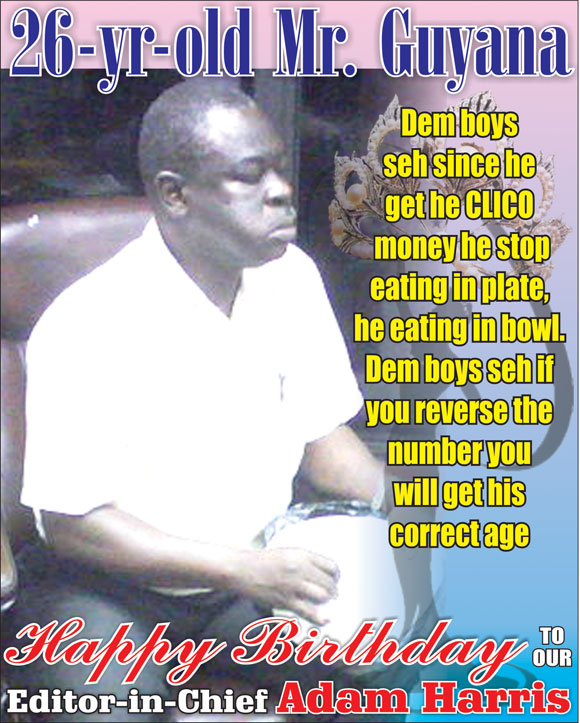
The bank is the first of three located next to each other to take advantage of the economic opportunities by meeting the need of the community of Diamond, Grove and others along the East Bank. Work is soon to commence on the bank’s next branch at Lethem in the South Rupununi. The Diamond branch comes on the heels of the opening of GBTI’s more than $2B corporate office in Kingston in July.
Speaking at the opening of the bank were President Bharrat Jagdeo, CEO of GBTI John Tracey, Chairman of GBTI Robin Stoby and Finance Minister Dr. Ashni Singh.
The President called the establishment of the bank a strong signal of the direction in which the economy is going, and said that the Government will continue to manage Guyana’s economy in a way that ensures prudence.
He said that the country’s financial growth is rooted in growth in the real sector, and because of improvements in the terms of financial intermediation. “I am so happy that the growth is not only generating bigger financial opportunities, but the financial growth in itself, there has always been this debate about the role of financial intermediation,” he said.
He added that the improvement in the quality and the price of the resources and the competitiveness of resources, have been a big push to growth in Guyana, “because of what you have been doing in the financial sector. Because of the improvement in the quality of the loan, because of the cost of financial intermediation coming down significantly, you have been a big spur to economic growth.”
He said because of the work of the banking sector, people today could come to borrow with the hope of paying back or investing in a project and paying back. He reminded the audience of a time when it was difficult to borrow, when interest rates were in the neighbourhood of 30 and 35 percent.
But he said that with the expectations that Guyana has in terms of increased revenue from oil, hydro and carbon market receipts do not mean that the regulations will be relaxed when it comes to spending. He said that if this is the case, then the gains made from the prudent fiscal management of the economy may be reversed.
Speaking of the health of the economy in the last years, the President said that Guyana’s reserves have grown by almost three times since 2005. He said that there has been growth in disposable income and in aggregate deposits in the banking system.
The President said he was pleased that the Credit Bureau is on its way to being implemented. He said that this will ensure “what we have at the macro level will take place at the level of institutions and intermediary partners, [helping to make the system more reliable].”
He said the enthusiasm seen just after the global financial crisis seems to be petering out. “We are very disappointed that after the financial crisis, the world had this major enthusiasm for financial sector reform and for stronger regulatory endeavours to stave off any future crisis of a similar nature. Unfortunately that enthusiasm has waned...I have seen the Basel Committee a few days ago just taking some peripheral decisions that do not go to the root of the problem...” he said.
He said that such reforms are not going to happen at the global level and “we have the possibility of facing down another crisis of a similar nature in the future.”
He said he sincerely believes that “if we focus on the domestic banking system and the risks and our exposures here, and we make provisions jointly with the sector to price those risks and take care of them, then we can stave off problems.”
Speaking to the large gathering of banking staff, shareholders and account holders of the bank, the President said that as Guyana’s financial sector grows, it will become more exposed to the vagaries of the global environment.













